Workforce Transition

People are multi-faceted
Your approach to Workforce Transition should be too.
Workforce transition is about helping people to move to the next stage in their career, which can include the transfer of an employee to another job within the same organisation (re-deployment), or helping former employees transition to new jobs elsewhere (outplacement).
These services can be delivered through individual one-on-one sessions or in a group format. Topics include career guidance, career evaluation, resume writing and interview preparation, developing networks, job search skills, targeting the job market, and the use of assessments to understand personal preferences, strengths and areas for improvement.
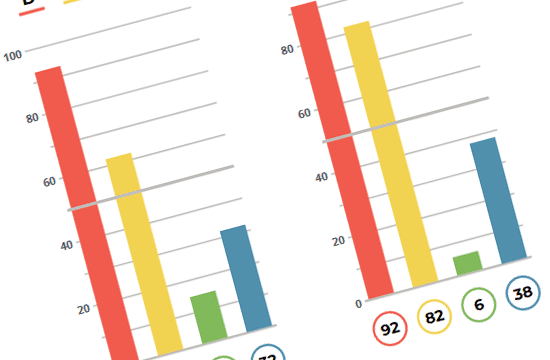
DISC Profile in Workforce Transition
This assessment measures 4 core behavioural tendencies.
The DISC profile gives you not only an understanding of how you are perceived by others, but it also gives you a language to discuss your behaviour, communication preferences, and style of working. The more one understands his or her personal strengths and weaknesses coupled with the ability to identify and understand those of others, the better one will be able to develop strategies to meet the demands of the environment.
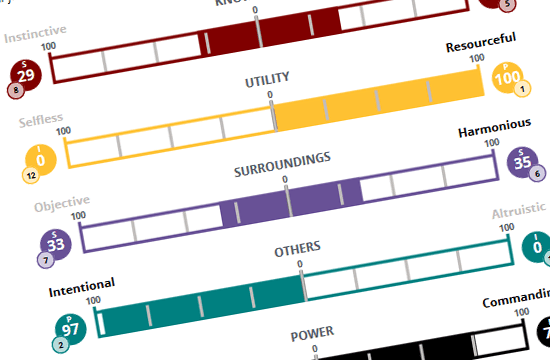
Driving Forces Profile in Workforce Transition
This assessment measures 12 personal drivers or motivators.
Values are those things that are of primary interest to us, causing us to move toward their fulfillment. These values also shape what we dislike and will try to avoid. This means that our values are the primary source of our motivations. Understanding someone’s core values is key to finding work where they will be motivated and engaged. Having a discussion about values is a primary task in good career planning.
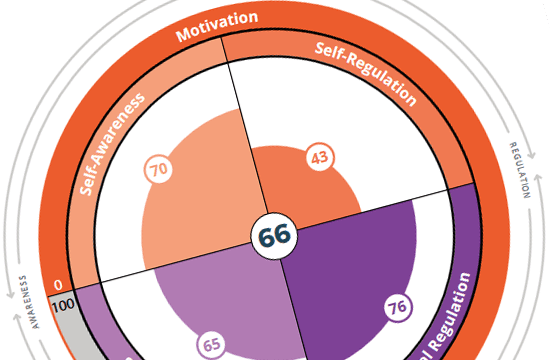
TTI Emotional Quotient in Workforce Transition
This assessment measures 5 core dimensions of EI.
Working on the emotional intelligence of people in career transition serves to ensure that they are more able to deal with worry and stress, and work on areas of EI that will be crucial to landing a new role, including motivation, networking, and influencing skills — all of which are key emotional competencies.
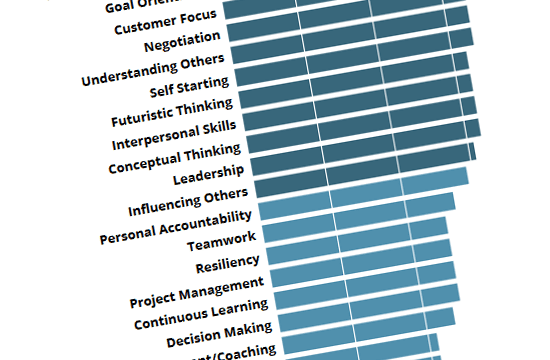
DNA Profile in Workforce Transition
This assessment measures 25 competencies or soft skills.
The DNA profile is so named because there are 25 soft skills that are the basis (or building blocks) for performance across many different roles. These skills provide people which an understand of the sort of roles they might be well suited to, regardless of their specific technical skills.
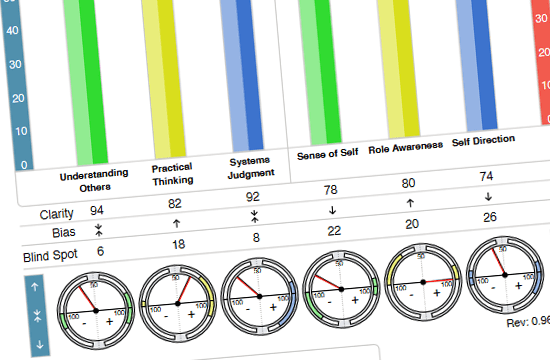
Acumen Capacity Index in Workforce Transition
This assessment measures 3 core dimensions of thought.
Everyone's brain has a unique thought process or model through which we filter and assess our views of the world. These patterns of thought determine our acumen: our ability to make good judgments (related to, but different from, business acumen). Understanding our acumen allows us to understand our natural talents and overall potential.
Your Difference: Multi-Science Profiles
One of the advantages of the TTI suite of tools is that we offer you “multi-science” reports, which provide integrated feedback. With this multi-dimensional view, leaders and managers are able to understand themselves and others at a much deeper level than just using a single assessment. The additional advantage to multi-science assessments is they provide you with a layered development plan for leaders. For example, leaders can work through information on their behavioural style, driving forces, and emotional intelligence in one short sitting or they can tackle it one phase at a time over several months. Multi-science reports provide better options for training, more comprehensive information, and more “ah-ha” moments.
